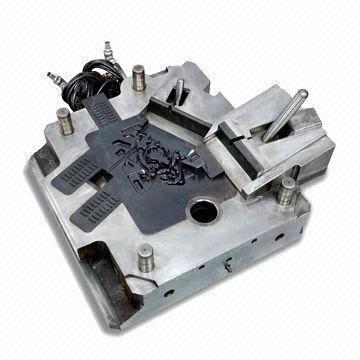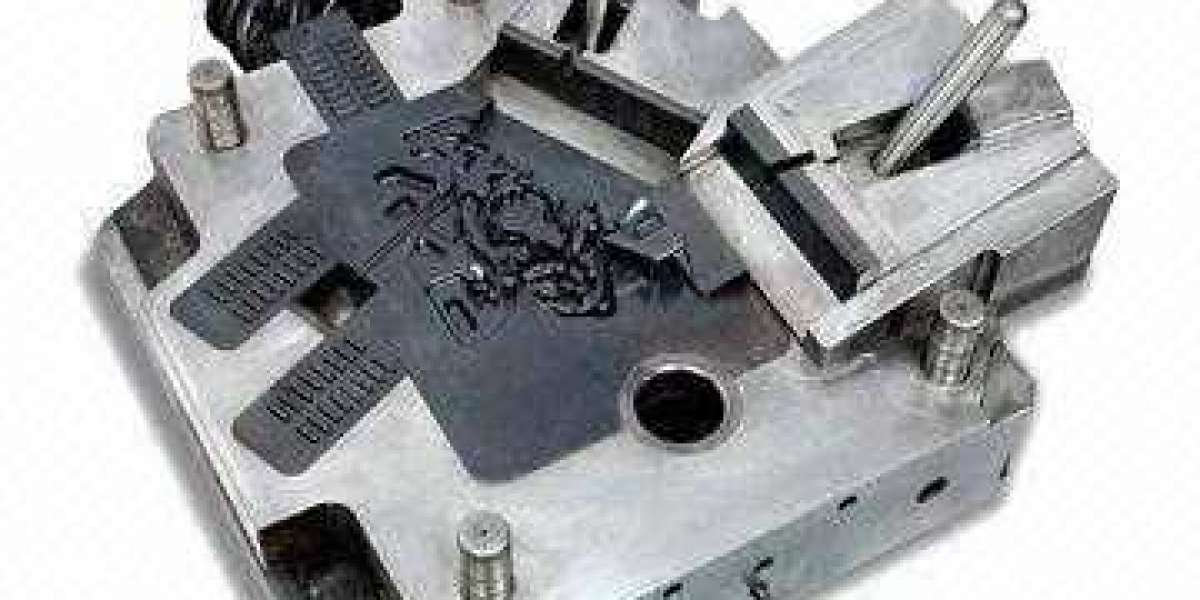Choosing the most appropriate casting process requires taking into account both the design requirements and the economics of each possible route. Because the casting method has an impact on yields, part design, and secondary finishing operations, it is frequently an iterative process. The ability to gain a better understanding of the advantages of each method aids in reducing the number of options and saving time.
Sand casting, permanent mold casting, and die casting are the three primary methods for producing aluminum parts that are close to net shape. Those last two are frequently misunderstood or conflated with one another. This comparison will help us distinguish between the advantages of die casting mold and the advantages of permanent mold casting in the process.
Using steel molds to form a cavity that holds the molten aluminum while it cools, both permanent mold and die casting are methods of aluminum production. It is these molds that distinguish the processes from sand casting, in which a new cavity is formed in the sand with each cycle of the process. Die coatings protect the steel from the abrasive effect of molten metal while it is being formed.
Immediately after filling the mold, the metal is allowed to cool before the mold is opened and the part is removed. Inserts are placed into the mold before it is closed, allowing for the creation of features such as internal galleries.
ADVANTAGES OF die casting defects causes and solutions
- Excellent finish on the as-cast surface, with a finish better than 125 microinches.
It is possible that little to no secondary machining and finishing will be required.
- It is possible to maintain extremely tight geometric tolerances, even on thin walls.
- Equipment requires less floor space than permanent mold casting, which saves money on floor space. It is more important to the caster than to the casting buyer, but it may also help to reduce overhead costs that are allocated on the basis of the amount of space occupied.
Advantages of permanent mold casting include the fact that permanent mold dies are generally less complex and, as a result, less expensive than dies used in traditional die casting.
- Because the process produces less porosity than zinc alloy die casting, the yield of finished parts is expected to be higher.
- Castings have a higher strength than other materials.
When you need larger quantities, the speed of permanent mold and die casting makes it cost-effective to invest in metal mold tools rather than purchasing them. Die casting tools are typically more expensive than permanent die tools, but the process produces a more accurate part with thinner walls and smoother surfaces than permanent die tools.
Even though the permanent mold process is a little slower than die casting, the tools required are less expensive. Additionally, and this is frequently a deciding factor, the resulting parts are stronger because they have less porosity.






